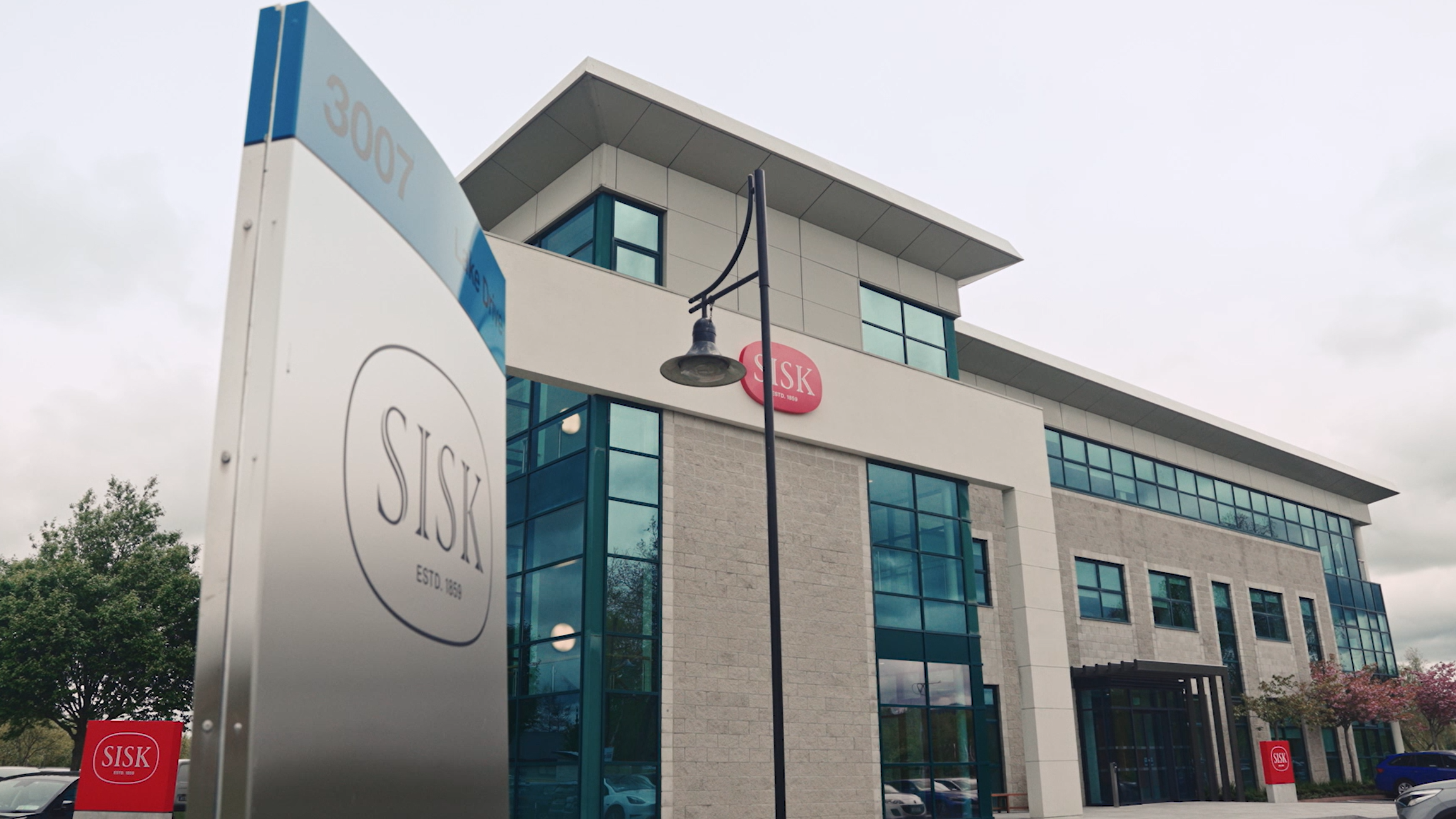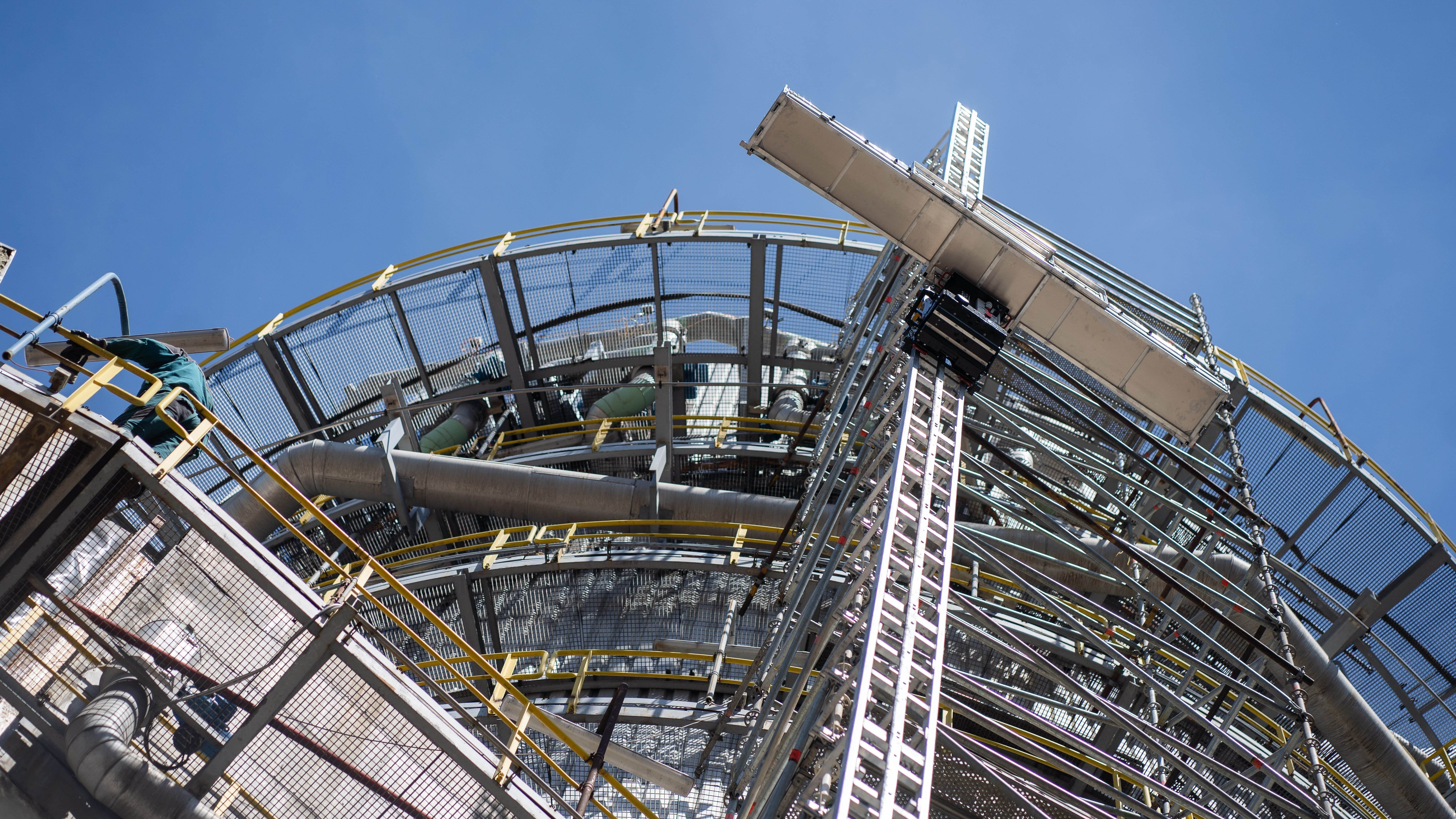Design for Success: Why DfMA Is the Competitive Edge in AEC
ALLPLAN and Manufacton are driving DfMA adoption in AEC, uniting design and prefabrication to deliver efficient, sustainable, and future-ready projects.
Author
Raghi Iyengar
Product Management Manufacton, part of ALLPLAN
This article belongs to the collection Innovation.
To the topic pageFor decades, automotive plants have produced thousands of precisely engineered components every single day. However, it appears that this level of efficiency has not yet been fully adopted by many construction sites.
But the challenges facing our industry - rising material costs, ongoing labor shortages, and growing sustainability demands - are forcing us to ask: Why hasn’t construction fully embraced the manufacturing principles that transformed other sectors?
The answer lies in Design for Manufacturing and Assembly. DfMA considers manufacturing and assembly needs from the very first design stage, ensuring that what is envisioned can also be produced efficiently and assembled quickly. The principle is simple: design with both the factory floor and the construction site in mind.
The Three Pillars of DfMA Success
DfMA addresses the question of how components can be manufactured and assembled optimally. It considers the requirements for manufacturing and assembly right from the design phase. This approach combines factory production logic with construction requirements, from component standardization to digital process mapping.
Organizations seeing the greatest benefits from DfMA do so by adhering to three core principles:
Component Standardization: Repetition and simplification through standardized building components reduce complexity, minimize errors, and lower both manufacturing and assembly costs.
Optimization for Prefabrication: Designing for a controlled factory environment improves precision, quality, and production speed.
Early, Integrated Collaboration: From architects to manufacturers, all stakeholders participate in the design process from the very start. This alignment helps detect design clashes, eliminate rework, and avoid costly production delays.
With these pillars in place, project teams experience fewer errors, faster schedules, higher-quality builds, more sustainability, and greater cost predictability. Learn more about DfMA in this free eBook “Unlocking the Secrets of DfMA: The Ultimate AEC-Guide".
How ALLPLAN Supports DfMA
In short, DfMA is about making the right decisions from the beginning of the design phase. ALLPLAN's “Design to Build” philosophy is exactly what you need for this. BIM software enables data-driven decisions for better results at an early stage of the project. From initial design to detailed planning, production, and assembly, every step of the process can be managed within a single software environment. This allows for seamless, loss-free collaboration and ensures an efficient flow of information between all disciplines.
Digital tools like ALLPLAN close the gap between creative design and industrial execution, enabling projects that are architecturally exciting, cost-efficient, and sustainable.
DfMA in Practice: The Hatzel & Buehler Case
A shining example of Design for Manufacturing and Assembly (DfMA) in action comes from the U.S., where Hatzel & Buehler, one of the nation’s largest electrical contractors, is redefining efficiency in prefabrication by leveraging MANUFACTON. As their operations scaled, the company faced complexities: fragmented information, paper-based processes, and limited visibility across design, shop, and field teams. By adopting MANUFACTON, Hatzel & Buehler unified data flows, providing real-time tracking of assemblies, automated production orders direct from BIM, and digital quality assurance checks.
The impact has been remarkable. Teams now collaborate using centralized digital dashboards rather than chasing paper drawings, enabling clear schedules and streamlined installation workflows. Manual processes and repetitive admin tasks have been eliminated, saving more than three hours per week per branch. This time is now reinvested in project execution and quality, directly supporting DfMA principles of standardization, collaboration, and efficiency. Hatzel & Buehler’s experience highlights how advanced fabrication management tools are bringing together design and manufacturing, delivering measurable results in speed, accuracy, and client satisfaction.
The Path Forward
Integrating DfMA principles into construction processes brings efficiency gains and fundamentally changes how buildings are designed, produced, and assembled. Increased use of prefabrication, modular construction methods, and digital technologies, such as BIM, significantly reduces construction time, minimizes errors, and improves quality.
However, DfMA is much more than a tool for increasing efficiency; it is a holistic approach combining sustainability, cost-effectiveness, and quality. This makes the construction industry more resilient and future-proof. Those who consistently design for manufacturing and assembly today are actively shaping the construction world of tomorrow - one that is fast, flexible, resource-efficient, and innovative.





